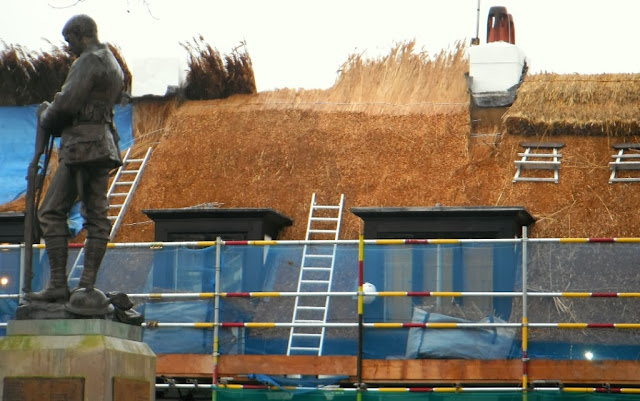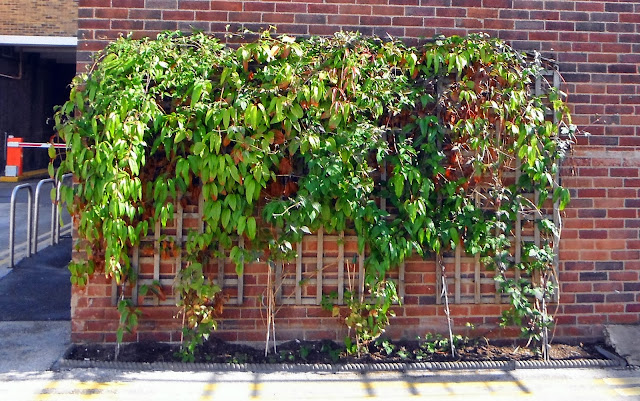Ethelfleda ('The Lady of The Mercians') is celebrated by both Stafford and Tamworth as their major founder. It was she who, in 913, fortified both towns and thus created them as 'burhs', and who ruled the Mercian lands from each town at different periods. She died at Tamworth, though she was buried in another part of her lands, at Gloucester.
Stafford, in particular, has been running its
Stafford 1100 Festival, which remembers the great leader (she was quite a military general, and beat the Vikings more than once).
The statue in this photo, outside Tamworth Castle, was put up at the 1000-year anniversary in 1913.
An interesting story is that she was succeeded as ruler of Mercia, the kingdom of central England, by her daughter AElfwynn, one of only two times in English history that a queen has succeeded a queen.
The sad end to that is that AElfwynn was immediately deposed by Edward The Elder, so this female succession never had a chance to flourish.
Incidentally, the spelling that historians prefer today (instead of Ethefleda) is AEthelflaed.














































